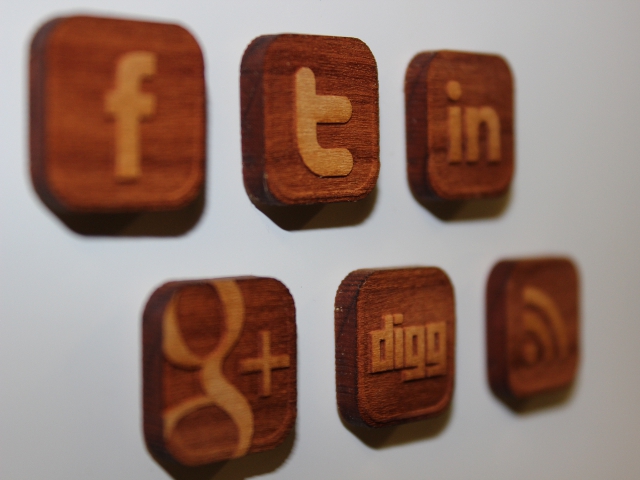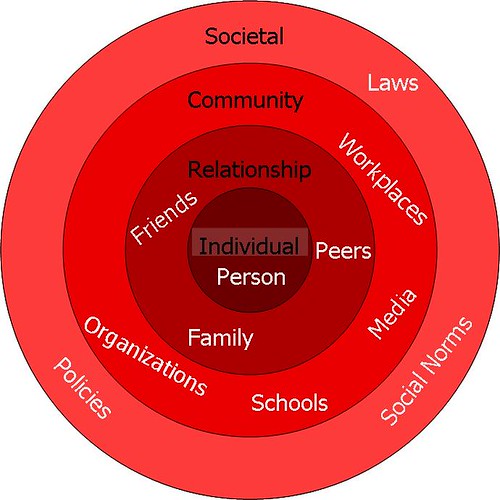Think about the last time you shared something on Facebook or Twitter. What was your primary motivation for doing so?

Perhaps it was because you learned about some news or current events that you felt others should know about. Perhaps it was because you saw a cute video or picture that you thought other people would like to see too. Perhaps it was because you saw a pithy quote or saying that you felt really described the way you were feeling in that moment, and you wanted to convey that feeling to other people in your network.
I maintain that each one of these things can be the reason you share, and that all together they relate to a deeper purpose for sharing online. That is, you are sharing online in order to maintain and strengthen your relationships.
My research supports this assumption. It showed that behind every person’s motivation for using social media platforms is a drive to maintain and strengthen different relationships. In fact, people will employ different social networks to manage different relational spheres of their lives. People’s social media habits thus fit within a social-ecological model. We all employ social platforms to develop our closest relationships, community connections, work relationships, and to judge the broader social norms in our society. People share different content online on specific platforms and with specific groups in an effort to build relationships in different spheres of their lives.
This ecological relational model of social media use is the reason why fake news spreads so easily. If we are posting to strengthen our relationships, then we are most likely to post content that aligns us relationally with the groups we most care about regardless of whether the content we’re sharing is real or fake.

The ecological relational model can thus help communicators understand why misinformation spreads, and also could be a way to combat the spread of misinformation. If we can design information to resonate with the values of different social groups, we have a better chance that the information will be shared.
Thus it is most important to try to find out the why behind sharing. Begin with the question, “what relationships does this sharing behavior support?” – and then you’re in a better place to stop the spread of misinformation.